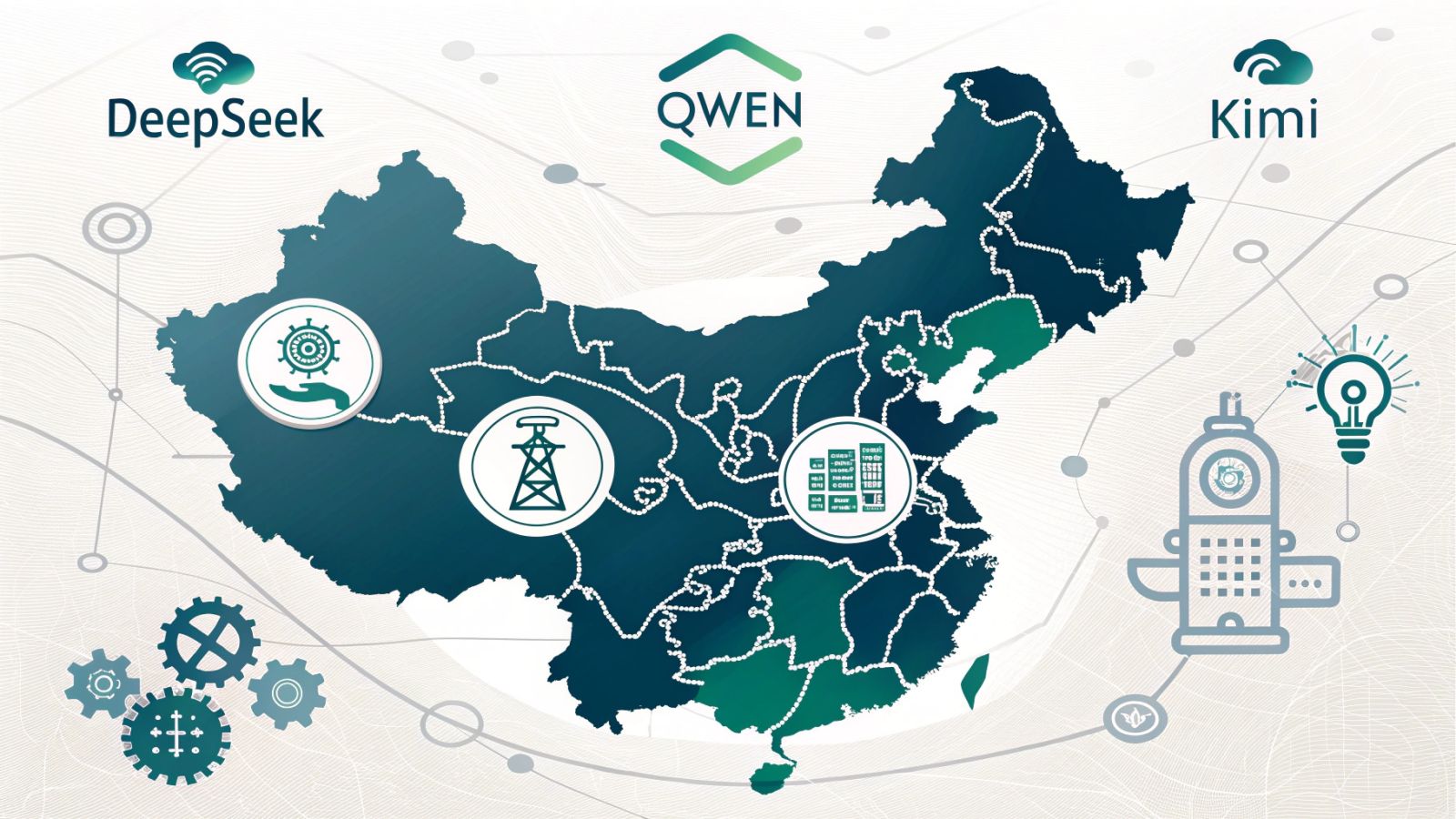Introduction
Chinese open AI models are shaping 2025 AI releases: Chinese open AI models such as DeepSeek and Qwen accelerated community access to weights, formats and tooling. This article ranks leading labs, explains their approaches, strengths and practical implications for developers and organizations.
Context
The summer of accelerated open releases produced many headline models (Qwen 3, Kimi K2, Zhipu GLM-4.5) and a long tail of contributors. Both startups and research arms of larger companies drive the flow of open artifacts, from VLMs to text models and datasets.
Frontier builders
DeepSeek
DeepSeek's V3 and R1 releases were among 2025's most impactful open releases. Their work combines frontier performance with permissive licensing and exposed chain-of-thought traces. Research experiments (e.g., DeepSeekMath and GRPO optimizer) feed back into core models, though release cadence recently slowed.
Qwen (Alibaba)
Tongyi Qianwen provides a broad model lineup (Qwen 2.5, Qwen 3) covering LLMs, VLMs, embeddings and code models. Strengths include multiple model sizes, availability in MLX and GGUF formats for local use, and CLI tooling that supports community adoption.
Close competitors
Moonshot AI (Kimi)
Moonshot launched initially with closed models, later opening experimental lines after R1; K2 was a high-impact experimental release that used the Muon optimizer.
Zhipu / Z.AI
Zhipu released GLM-4.5 and GLM-4.5V (MoE designs) and also invests in image and video generation, spanning beyond text-only offerings.
Noteworthy projects
- StepFun: pivoted to open VLM releases (Step3) and multimodal assets.
- Tencent Hunyuan: notable for video/3D but distributed under strict licenses.
- RedNote: released strong OCR models, open strategy still evolving.
- MiniMax: Minimax-Text-01 with a 1M-context hybrid attention window; multimedia models often API-only.
- OpenGVLab / InternLM: academic ties and InternVL vision models, later versions use Qwen as LLM backend.
- Skywork: focuses on work agents, often fine-tuning existing models and releasing datasets for preference and reasoning.
Research arms and growth
ByteDance Seed resembles a research lab that publishes influential papers and artifacts, though it currently focuses more on research outputs than broad Llama-style model rollouts.
Practical guidance
- Choose format and size for deployment constraints (MLX/GGUF support matters for local use).
- Confirm licensing terms before fine-tuning or redistributing.
- Balance frontier performance (DeepSeek, Qwen) with community tooling and model availability.
- Track smaller releases and datasets as signals for adoption and compatibility.
Conclusion
The Chinese open-model ecosystem in 2025 mixes high-impact frontier labs and many specialized contributors; successful integration requires assessing license, format and community support in addition to raw performance.
FAQ
Practical answers to frequent operational questions about Chinese open AI models.
- How to pick a Chinese open AI model for production? Check license permissiveness, available formats for local inference (MLX/GGUF), and community support; prefer models with active releases and reproducible evaluation.
- What are the risks of deploying Chinese open AI models? Key risks include licensing constraints, integration effort for local stacks, and varying inference stability; mitigate via controlled PoC and legal review.
- DeepSeek vs Qwen: which for research experiments? DeepSeek suits high-performance research; Qwen provides broader tooling and model sizes useful for diverse prototyping.
- How to estimate integration cost for a Chinese open AI model? Measure conversion effort for model formats, inference compute, latency, and legal/compliance overhead through a short PoC.
